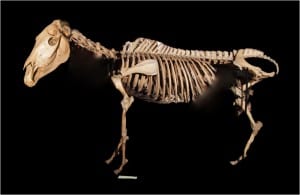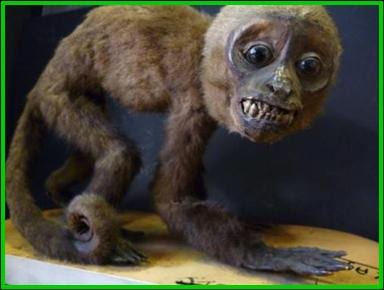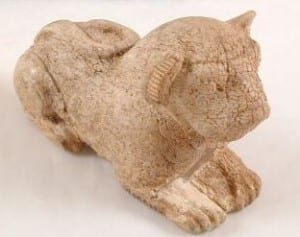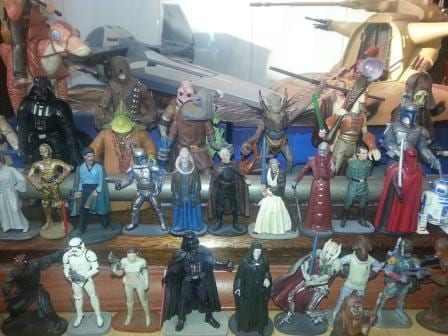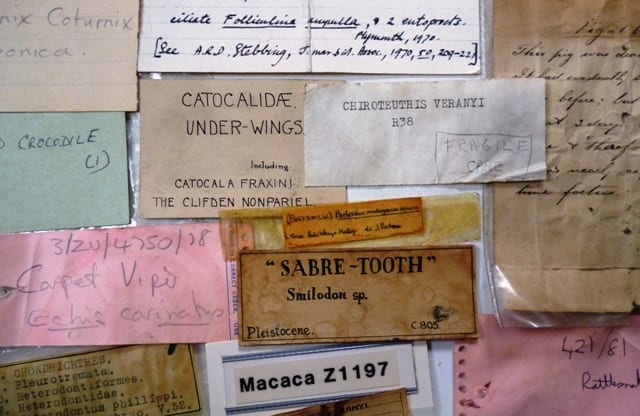Happy 130th Quagga Day – Maybe more extinct than we thought
By Jack Ashby, on 12 August 2013
130 years ago today, 12th August 1883, the last ever quagga died.
As custodians of one of the only quagga skeletons in existence, we consider it our responsibility to commemorate the tragic passing of this, the least stripy of the zebras.
Given that we have marked quagga day annually, what can I tell you that regulars wont already know? Potentially, quite a lot – things that I’ve only found out today as I write. Before I get to that, for those who don’t come pre-quagga’ed:
- Quaggas were a South African Zebra with a stripy front end and a brown back end.
- Quagga skeletons are “the rarest skeletons in the world“ [1].
- They were driven to extinction due to farmers killing them to stop them grazing the land they wanted for their livestock; and for their unusual pelts.
- The last individual died in a zoo in Amsterdam, probably years after all of her wild relatives
This is our quagga:
 Close
Close


